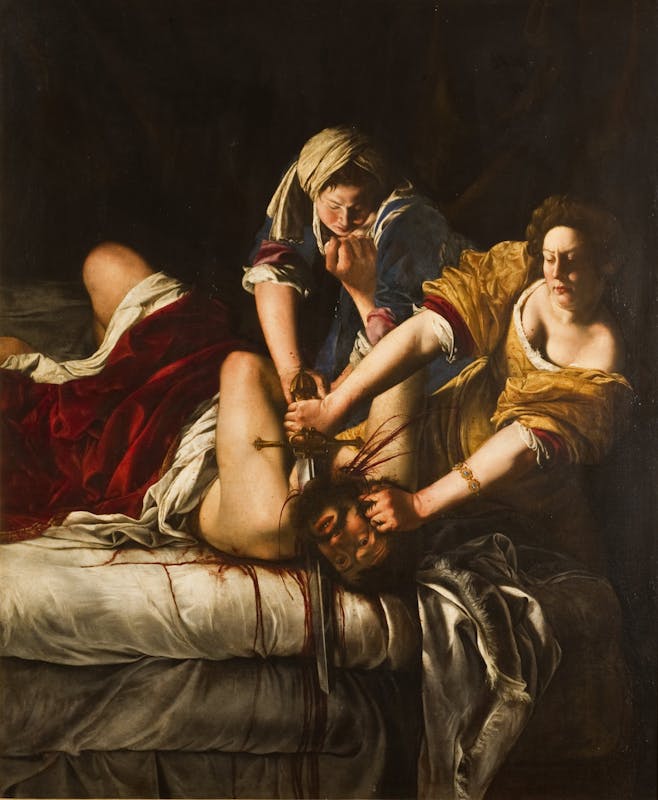It is unusual, at least for me, to think about food through a social, political, or economic lense since I have been in a fortunate enough position to never yearn for it; however, the Feast and Famine exhibit helped me look at food differently. The theme that resonated with me the most was that of unfairness. I could not help but think about how unethical it is for anyone to hold onto inexplicable amounts of wealth or privilege without doing anything to help those around them.
 |
| Eating Right for your Type, Divya Mehra, 2015/2019 |
When enjoying a chocolate bar, do we ever pause to think of all of the hard work that went into it? The strenuous hours that the employees must have put in or the conditions they work in are rarely the topic of everyday conversation. In Divya Mehra’s
Eating Right for your Type, we see chocolate bars in decorated wrappers that have the words “Enjoy Diversity” written on them. Our guide explained how Mehra wanted to call attention to the fact that we rarely ever contemplate the lives of those who made the creation and distribution of this product possible, we only care about our own enjoyment. The ability to enjoy a product blindly is truly a privilege. This goes hand-in-hand with Nicolas Lampert’s
Solidarity with Migrant Workers. The poster shows the vast effects the agricultural business can have not only on individuals, but also families. Corporations will go to extremes to meet the demand, or gluttony, of the population regardless of who gets hurt in the process — the wellness of their employees is the last thing on their minds.
 |
| Solidarity with Migrant Workers, Nicolas Lampert, 2018 |
 |
Double Portrait of Giovanni Arnolfini and His Wife,
Jan van Eyck, 1434 |
The possession of privilege reminds me of Jan Van Eyck’s Double Portrait of Giovanni Arnolfini and his Wife. The picture shows the couple flashing their wealth. For instance, the
wife’s dress has so much excess fabric that she picks it up in order to keep it from rolling off the floor anymore than it already was. Not only that, but “they are surrounded by luxury objects: lavish bed hangings, a sumptuous chandelier, precious oriental carpet, and rare oranges” (575, Stokstad). The reason oranges were rare is due to their location — as we know, they were located in Europe, an area in which oranges were not easily accessible as they were mostly grown in Asia. It is impossible not to wonder if the Arnolfinis ever did any good for their community considering the amount of wealth they held.
 |
| The Liberation of Lady J and UB, Renee Cox, 1998 |
This theme of injustice can be extended to Renee Cox’s
The Liberation of Lady J and UB. It goes without saying that this country’s past is nothing to be proud of. White people humiliated and abused the black community to the point where they were stripped of their humanity. Of course, great strides have been made to change this — but these strides would not have been possible had black people not taken the reins of the situation they were in and fought for their position in this society. Renee Cox’s piece is a reminder of that — it is evident that she is uplifting her counterparts out of their state of submission and helping them find freedom, as the title suggests.
 |
| Artemisia Gentileschi, Judith Beheading |
| Holofernes (1614-18)
|
|
Similarly, Judith had to seek justice by her own accord in Artemisia Gentileschi’s piece. Holofernes, an Assyryan general had plans of attacking her village, so Judith took it upon herself to ensure that would not happen. She gained his trust by seducing him in his very own tent, and when he least expected it, she struck him. Judith, just like Renee Cox, waited for no one else to be the hero in their story — they both took the leap for what was right.




No comments:
Post a Comment